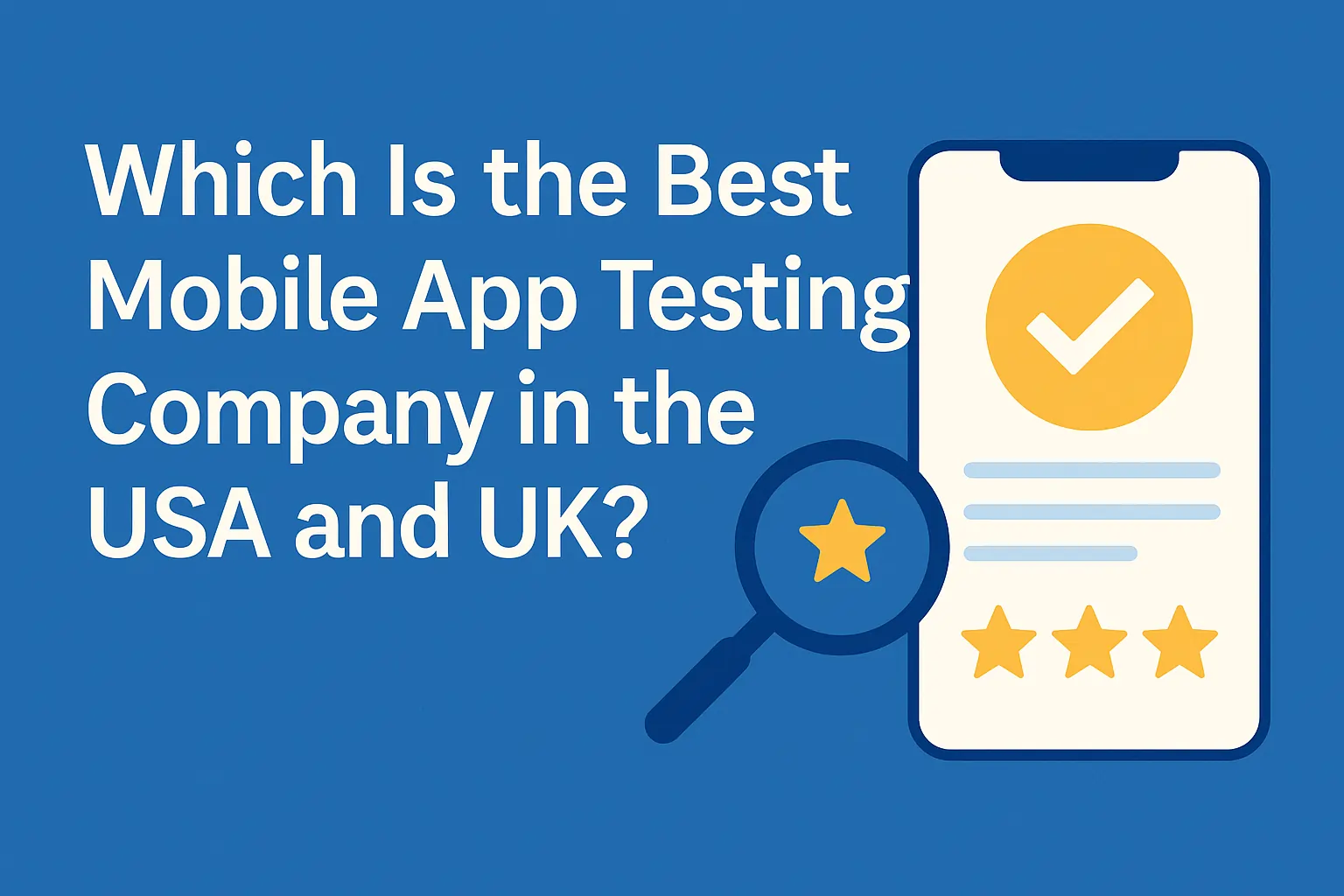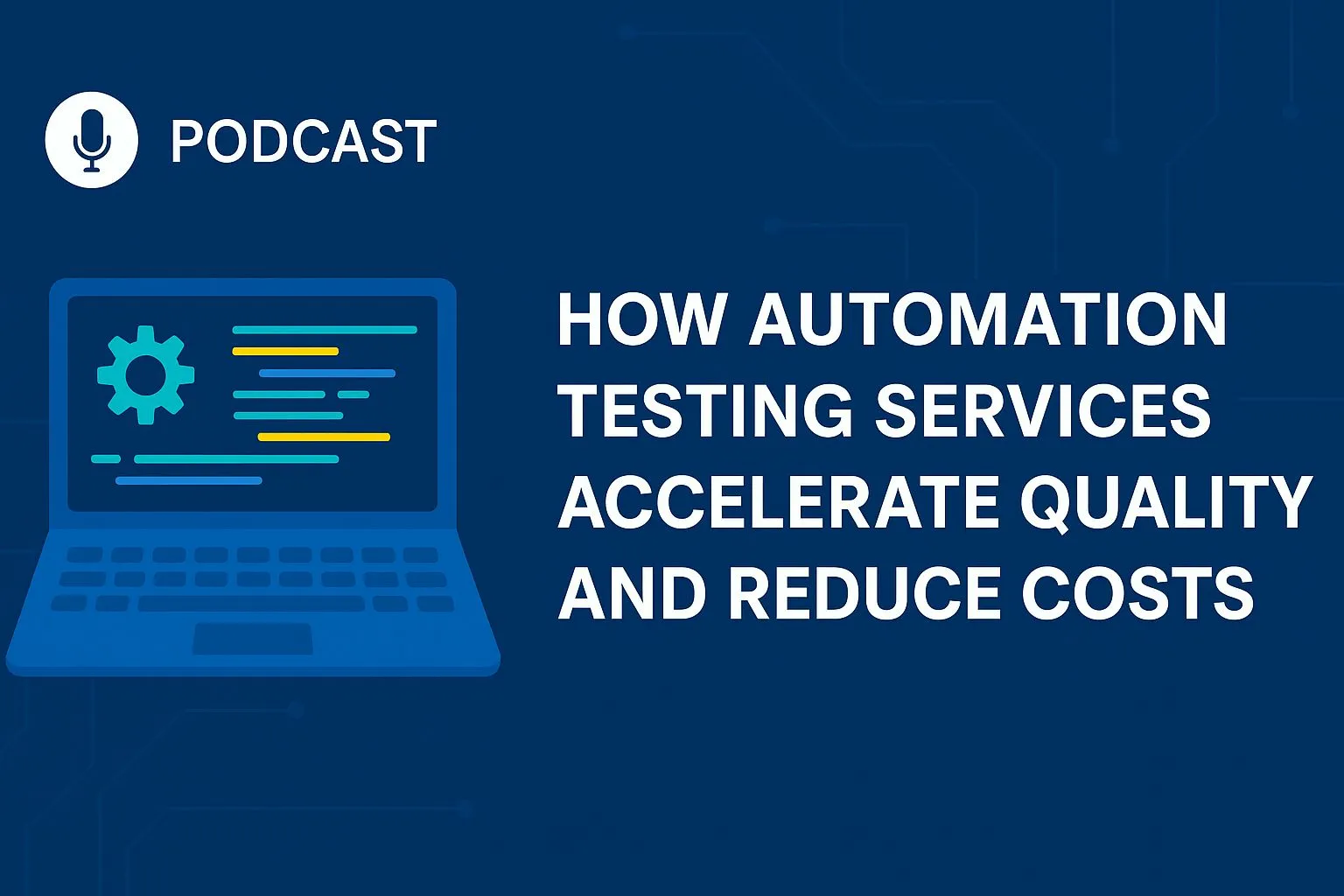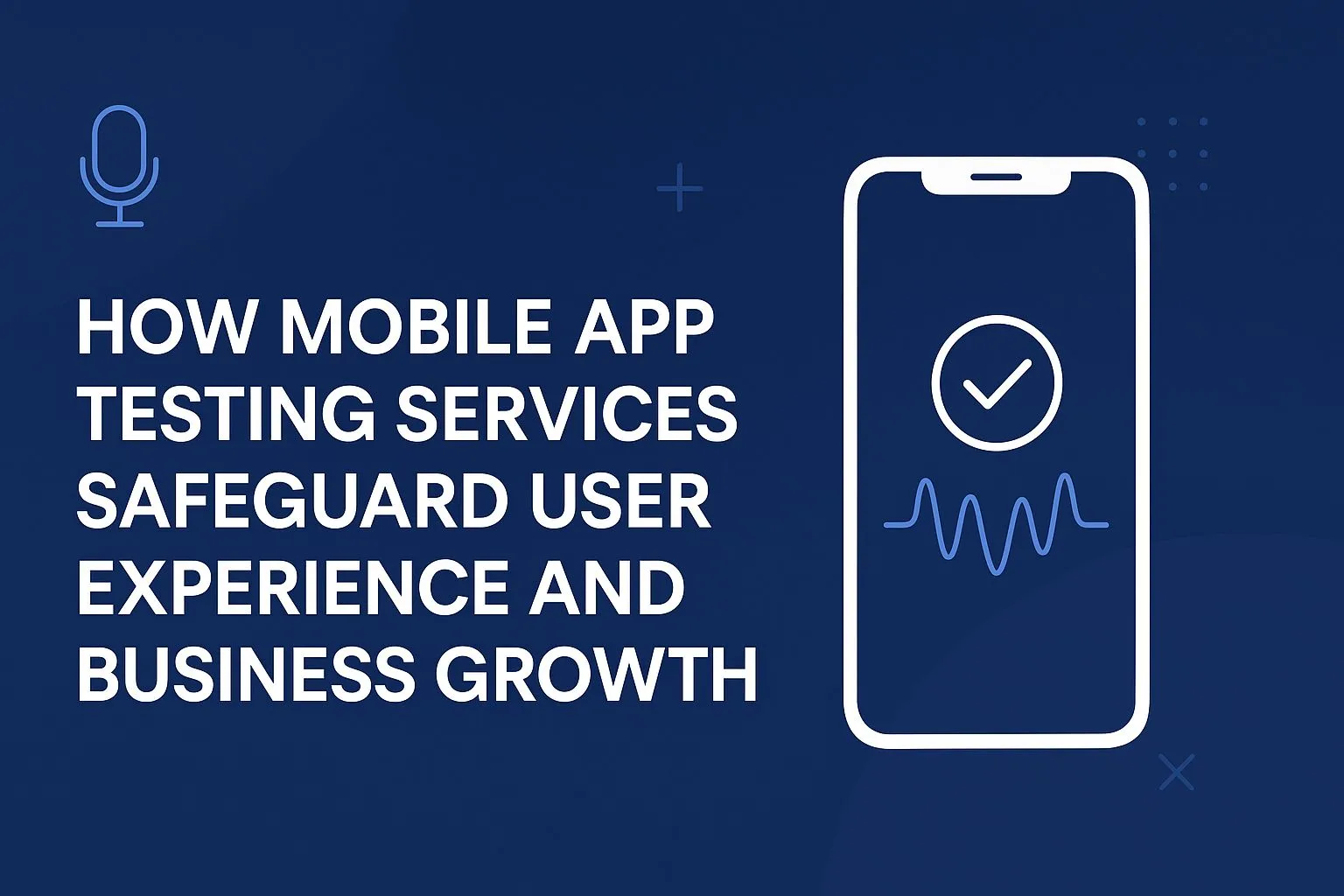The Evolution of Android App Testing Services: What to Expect in the Coming Year
Introduction
In the fast-paced world of Android app testing services, mastering testing and debugging is crucial for delivering high-quality applications. Many developers focus heavily on coding and overlook the importance of thorough testing and debugging. This guide delves into why these practices are essential, offering insights into how they can significantly enhance your development process.
Understanding Mobile App Testing
Mobile app testing is a systematic approach to evaluating an application’s functionality, behaviour, and performance. Key aspects include:
- Execution of Test Cases: Crafting and running various test cases to ensure the app meets its functional requirements.
- Bug Detection: Identifying and addressing defects early to prevent issues from escalating.
- Quality Assurance: Improving software quality, user satisfaction, and reducing the risk of software failures.
- User Experience Prediction: Simulating user interactions to predict how the app will be perceived and used.
Advantages of Android App Testing
Effective testing provides several benefits:
- Ensuring Functionality: Verifying that all features work correctly across different devices.
- Enhancing User Experience: Assessing navigation and interface intuitiveness to improve user satisfaction.
- Boosting Customer Loyalty: A bug-free app builds trust and encourages user retention.
- Increasing Revenue: High-quality apps lead to higher user engagement and financial gains.
- Reducing Costs: Automated testing speeds up the process and cuts down on maintenance expenses.
Different Stages of Mobile App Testing
The testing process typically includes:
- Test Planning: Creating a detailed plan outlining strategies, objectives, and resources.
- Test Design: Developing test cases and scenarios based on requirements.
- Test Execution: Running tests and documenting outcomes.
- Test Reporting: Compiling comprehensive reports on test results and defect metrics.
- Test Closure: Reviewing the testing process and finalizing reports.
Exploring Debugging: What is It?
Debugging involves identifying and fixing errors in software. It ensures a polished final product through:
- Observation: Detecting anomalies in the software’s behavior.
- Reproducing Issues: Consistently replicating problems to understand their triggers.
- Root Cause Analysis: Analyzing the code to identify underlying issues.
- Isolating Problems: Focusing on specific issues without affecting other parts of the software.
- Implementing Fixes: Making code adjustments to resolve identified problems.
- Validation: Testing post-fix to ensure issues are resolved and functionality is intact.
- Documentation: Recording the debugging process for future reference and knowledge sharing.
How App Debugging Provides Benefits
- Error-Free Products: Ensures a smooth, reliable app experience.
- Increased Positive Reviews: A well-functioning app garners positive user feedback.
- Reduced Development Costs: Early debugging cuts down on costly post-launch fixes.
The Differences Between Testing and Debugging
Testing and debugging, though interconnected, serve different purposes:
- Purpose: Testing validates functionality and performance while debugging fixes specific errors.
- Timing: Testing is continuous throughout development; debugging is usually reactive.
- Roles: Testers handle testing; developers focus on debugging.
- Types of Issues: Testing addresses general software performance, whereas debugging targets specific technical issues.
- Tools Used: Testing utilizes frameworks and management systems; debugging uses IDEs, log analyzers, and code profilers.
The Impact of Neglecting Testing and Debugging
Neglecting these crucial phases can lead to:
- User Frustration: Resulting in poor reviews and uninstalls.
- Loss of Credibility: Damaging the developer’s reputation.
- Increased Costs: More expensive to fix issues after launch.
- Legal Risks: Potential legal issues from compromised user data.
- Missed Opportunities: Missing out on growth and engagement due to poor app quality.
Advanced Capabilities in Mobile App Testing by Testers HUB
Testers HUB offers advanced testing features to elevate your app quality:
- Cross-Platform Testing: Comprehensive testing across various devices and OS versions.
- Real User Experience Monitoring: Insights into global user interactions.
- Performance Metrics: Accurate measurement of response times and throughput.
- Scripting and Framework Support: Flexibility in test script creation.
- AI Integration: Intelligent analysis of test results for quicker issue resolution.
- Scalability: Parallel testing across multiple devices.
- Network Virtualization: Simulating real network conditions.
- CI/CD Integration: Seamless automation within development pipelines.
- Security Testing: Identifying vulnerabilities to enhance app security.
- Customizable Reporting: Advanced reporting tools for effective result analysis.
Using Lighthouse with Testers HUB for Remote Debugging on Android
Testers HUB integrates with Lighthouse to offer comprehensive testing solutions:
- Remote Device Access: Use Testers HUB’s device cloud for remote debugging.
- Performance Analysis: Lighthouse audits performance, accessibility, SEO, and best practices.
- Real-Time Monitoring: Capture user interactions and session data for in-depth analysis.
Final Thoughts
Prioritizing testing and debugging is vital for delivering exceptional Android apps. With platforms like Testers HUB, developers can access advanced tools and insights to ensure high-quality, reliable applications. Embrace these practices to enhance your app’s performance and deliver superior user experiences.
FAQs
Q1. How can I ensure the security of my remote debugging sessions?
Ans: Use secure connections like VPNs and ensure that debugging ports are not exposed to the public.
Q2. What are the four essential steps in debugging?
Ans: The steps include observing system behavior, reproducing issues, identifying the root cause, and fixing the errors.
Q3. How can I troubleshoot network issues in my Android app?
Ans: Utilize Android Studio’s network profiler to track and analyze network activity and identify connectivity issues.











